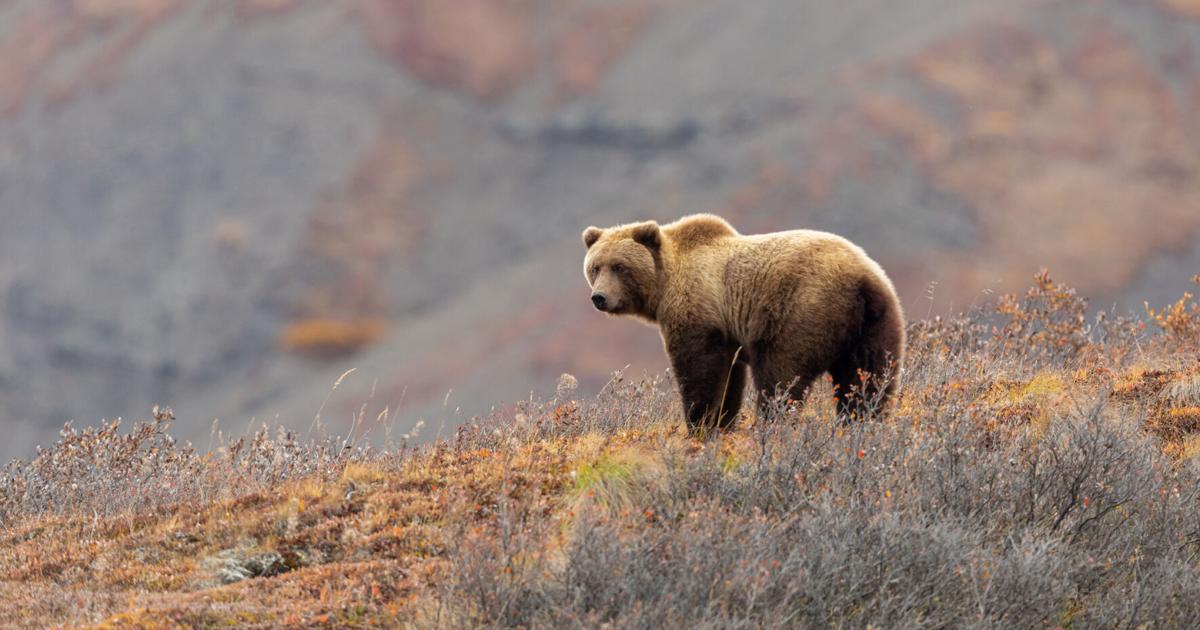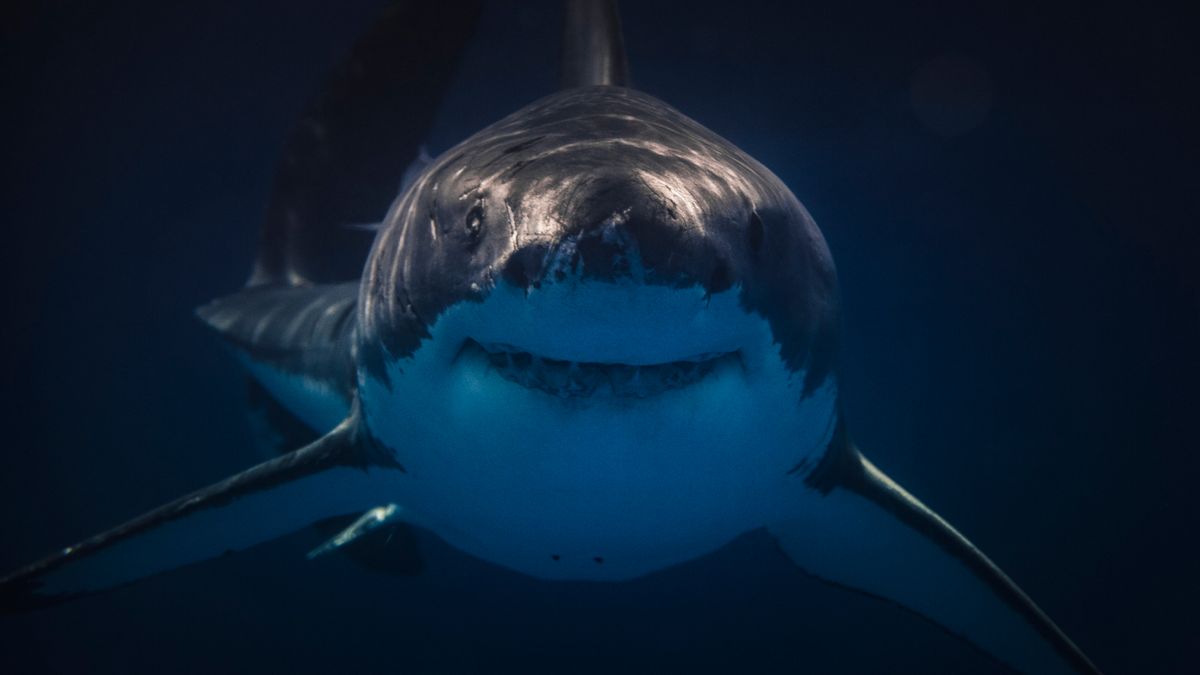
Woman killed by grizzly bear near Yellowstone National Park | OutThere Colorado
A woman was found dead near Yellowstone National Park on Saturday morning following an apparent grizzly bear attack.
- Jul 24, 2023Updated 11 hrs ago
A woman was found dead near Yellowstone National Park on Saturday morning following an apparent grizzly bear attack.
According to officials from the Montana Department of Fish, Wildlife, and Parks (FWP), a hiker discovered the victim's body on the Buttermilk Trail west of West Yellowstone at about 8 a.m.
"FWP wardens and bear specialists, along with staff from other agencies, found that the woman had wounds consistent with a bear attack. They also found tracks from an adult grizzly bear and at least one cub near the site. They did not see any bears or signs of a day bed or animal carcass during the investigation," officials said in a statement on Monday morning.
The investigation determined that the woman was alone during the encounter and did not have bear spray or a firearm at the time of the attack.
Crews are actively working to locate the bear due to the incident’s proximity to heavily trafficked areas, but have not yet found it. The statement did not mention whether or not the bear would be euthanized as a result of the attack.
"The disposition of the bear has not been determined. FWP has been attempting to capture the bear due to this incident's proximity to campgrounds, residences and high recreation traffic, the ultimate goal being public safety," a spokesperson for FWP.
An emergency closure has since been issued in the Buttermilk area for human safety.
"Montana is bear country. Grizzly bear populations continue to become denser and more widespread in Montana, increasing the likelihood that residents and recreationists will encounter them in more places each year," officials said.
FWP offers the following tips when visiting Yellowstone:
Condolences go out to those impacted by this death.
- Carry and know how to use bear spray
- Travel in groups whenever possible
- Watch for signs of bears such as bear scat, diggings, torn-up logs and turned over rocks, and partially consumed animal carcasses
- Make noise, especially near streams or in thick forest where hearing and visibility are limited
- Don't approach a bear
The Novato Police Department issued a warning Sunday about bears at Miwok Park on Novato Boulevard.
Police said the animals were described as two cubs with their mother. Officers found bear feces on the San Miguel Way side of the park’s playground.
The incident is latest in a spate of recent bear sightings in Marin. One occurred last month in Terra Linda, another happened in May in Larkspur, and another happened in 2021 in San Anselmo.
Bear encounters are still rare in the area, mostly because of unregulated killing of the Point Reyes population that rendered them extinct by 1901, according to the National Park Service.





